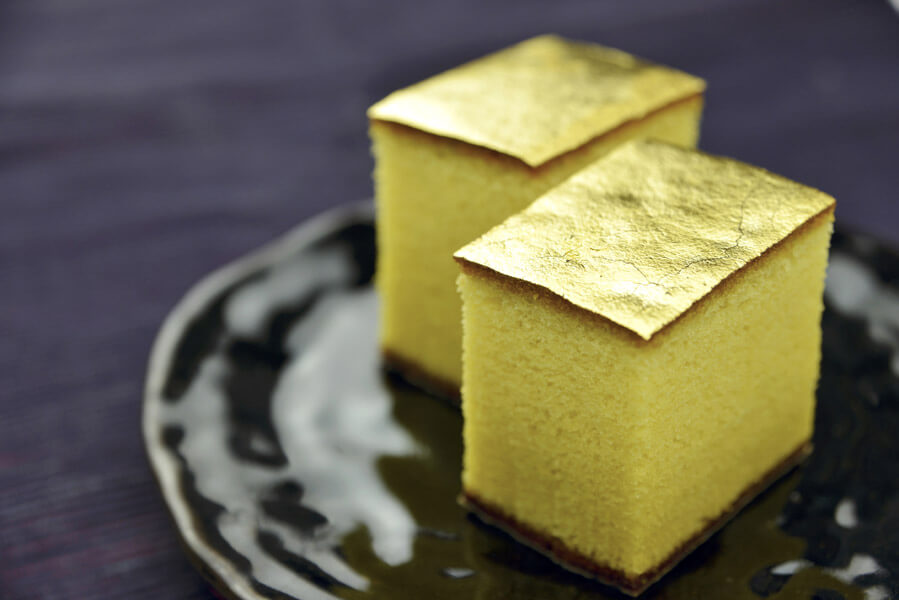
The use of edible gold in food is a practice stemming back thousands of years to honor gods, boost vitality and also to show off one’s wealth. Today, the practice has evolved somewhat to give diners a chance to experience a touch of decadence, even whilst eating the most every-day of foods.
What Are ‘Edible Noble Metals’?
An edible noble metal is any precious metal that can be safely consumed. It most often refers to gold and silver.
These metals are considered ‘noble’ as they do not oxidize or corrode in moist air, unlike many others. This makes them perfect for use in food items as most contain a high amount of moisture.
Edible Noble Metals - a Brief History
The use of edible noble metals can be traced back to the time of the Egyptian pharaohs. They believed gold was one way to gain the good graces of the gods so consumed it in elixir form to try to achieve this. They also believed gold had powerful restorative properties to heal the body and promote a youthful appearance.
Europeans used it in as early as the 15th century for medicinal purposes. In the 16th century, it was used as a food decoration in elaborate banquets as a sign of wealth.
Eastern civilizations also used edible noble metals in their food items as both garnishes and for its purported medicinal qualities.
Today, chefs worldwide use edible noble metals in a variety of cuisines from fine dining all the way through to fast food such as hamburgers or hot dogs. It is used to both dazzle and delight the customer, playing on one of the most important senses when it comes to enjoying food – sight.
Types and Forms of Edible Noble Metals including Vark
There are two primary forms of edible noble metals – gold and silver. Vark (or varak) is the name associated with the silver form. It is predominantly used in South Asian cooking for decorative purposes, particularly in Indian sweets, dried fruits and nuts.
Both silver (vark) and gold come in a number of food-grade forms.
-
Leaf Sheets:
Either in loose or transfer leaf sheets. Loose leaf is best used in small pieces for decoration. Due its delicate nature, it requires extreme care when handling (ie using specialist tools). Conversely, transfer leaf is much larger so can be used to cover a wider area, such as a whole cake. It is slightly more robust so can be transferred directly by hand.
-
Flakes:
There are a few different varieties within this category:
- Dust: a very fine powder that when sprinkled, produces a beautiful effect on confectionary, cocktails, desserts etc
- Flakes: are slightly larger than powder granules and come in free-form shapes
- Petals: are next in size to flakes, again in random shapes but due to their size, can be placed with tweezers
- Shapes: are the largest in size, cut to specific shapes such as hearts
How is it Safe to Eat Gold?
Pure gold is safe to eat (unless someone suffers from a gold allergy which is quite rare). In fact, dentists today continue to use gold in fillings due to their durability.
The reason pure gold is safe to eat stems from the fact that it is not absorbed during the digestion process. However, this only applies to pure gold - gold that is of at least 22 carats. Gold that sits below this carat limit contains more impurities thus can make it dangerous to consume. When buying gold, it is imperative to ensure it is marked as ‘edible’ and of the correct carat stature.
What Does Gold Taste Like?
Both gold and silver are largely tasteless when combined with foods. They are used primarily for their aesthetic effect and to increase customer enjoyment by enabling them to indulge in something luxurious and rare.
What Types of Food Contain Edible Gold?
As mentioned previously, edible gold and silver were historically confined to the realms of fine dining, applied to both sweet and savory items to illustrate a person’s wealth or to honor the guest consuming it.
Today, it has moved away from this realm with chefs applying it not only to cakes and desserts but to sushi, burgers, coffee, hot dogs and even, tacos.
Decorations-wise, it may be lightly sprinkled to finish off a candy or truffle, or applied as a full sheet to an entire cake or to encase a sushi roll.
Aside from food, it is also used in cocktails, champagne and a host of other alcoholic beverages to give them that ‘wow-factor’.
How Do Chefs Prepare Edible Gold?
Working with edible gold can be a painstaking process. Not only because it is very expensive so any wastage must be minimized, but also because of its extremely delicate nature. As such, it takes a certain amount of skill - plus a great amount of practice - to perfect the technique.
As gold is very susceptible to breakage and also sticking to one’s hands, professional chefs employ the use of specialized tools to assist in the decoration process.
Edible gold chef toolkit:
- Set of food-grade brushes of various sizes (often using a speciality gilding brush)
- Tweezers
- A sharp paring knife
- Shaker/duster
Application varies depending on the type of edible metal being used. The finest dust and flakes can be dispensed carefully by using a shaker. Slightly larger pieces - such as shapes or petals - benefit from using a tweezer for placement. Full sheets require much precision, practice and patience. The surface to be decorated must be lightly wet and then the gold carefully applied with a final smoothing over with a fine brush.
Understanding how to plate food like a professional using edible noble metals elevates dishes from the average to the truly extravagant. Using them in food is a wonderful way to both delight and surprise customers, making for a truly memorable – and often-recalled – dining experience.


